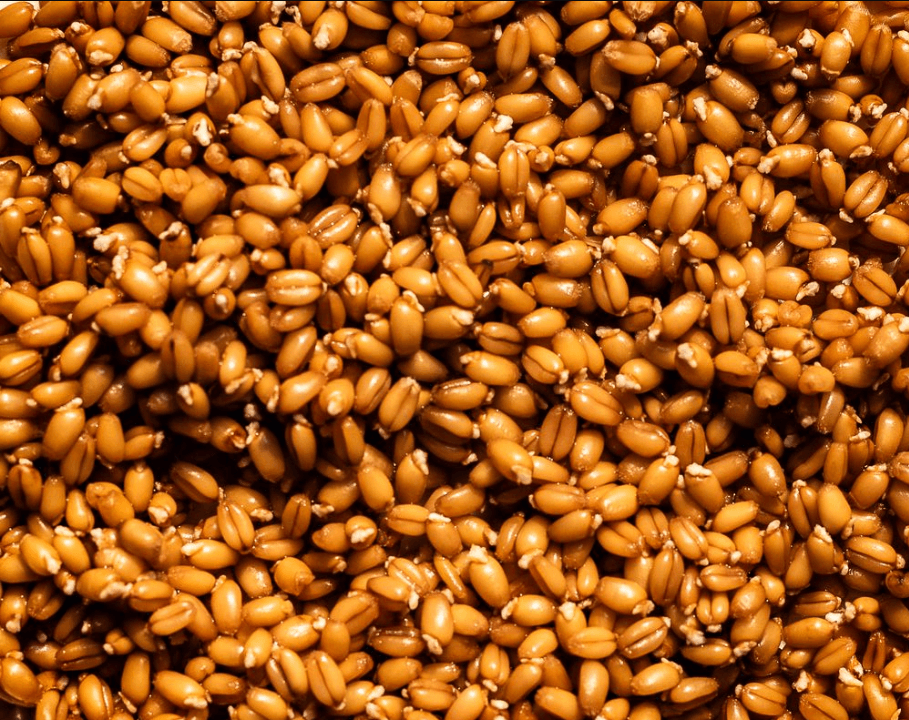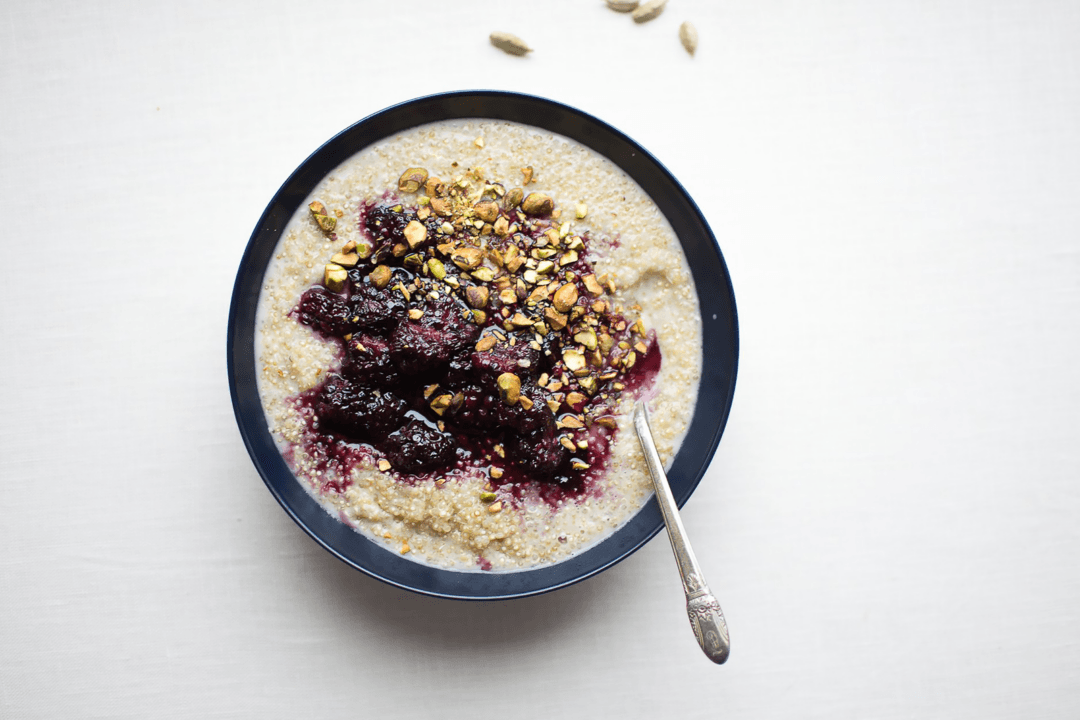Spring brings an abundance of tender greens, young roots, vibrant herbs, and sweet green peas, all plump in their pods, to farmers markets. These early-season favorites make some of the season’s best dishes, from bright salads to hearty soups and stews brimming with fresh vegetables.
Depending on your climate, these vegetables are typically available at markets from mid-April through early June. Since farmers are still planting and plants are still growing, springtime markets tend to have a little less variety and abundance than markets hitting their peak in July and August—but it’s the perfect time to visit your local spot and get to know your growers early on, before the frenzy of summer sets in. You won’t have to fight the crowds, and you'll find plenty of gems to welcome the warmer days to come.





